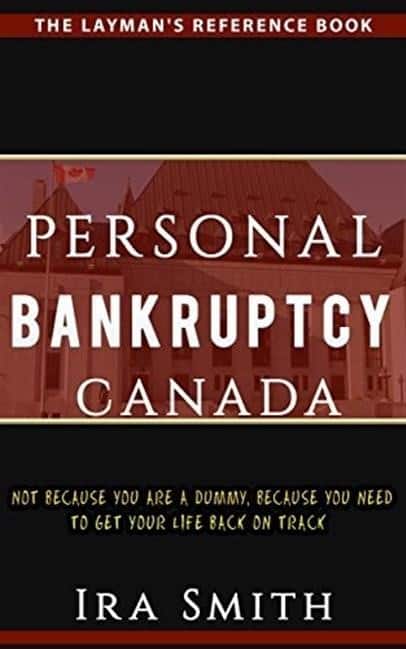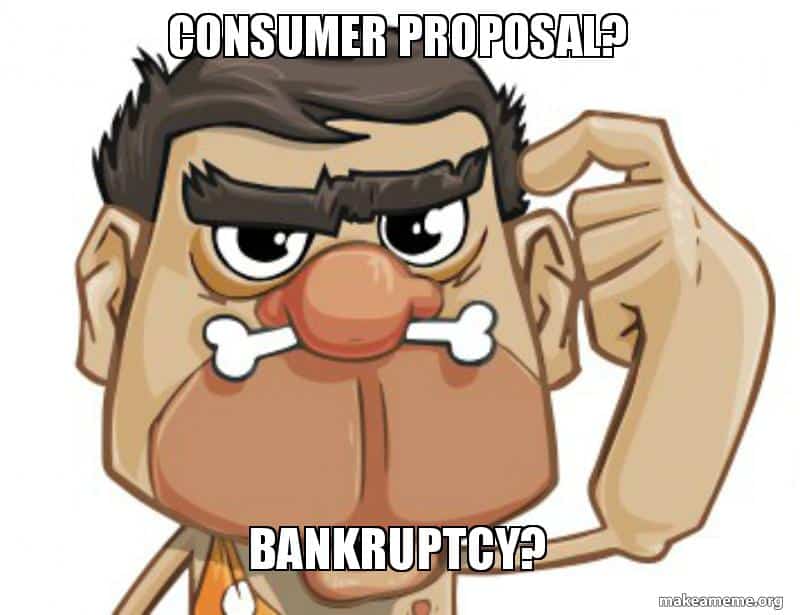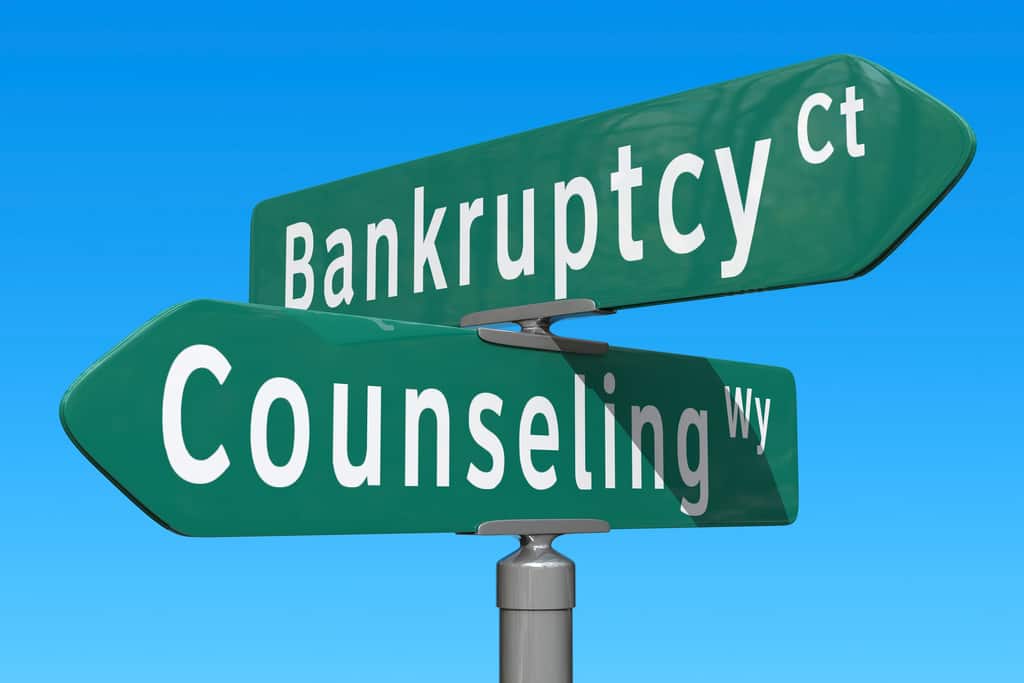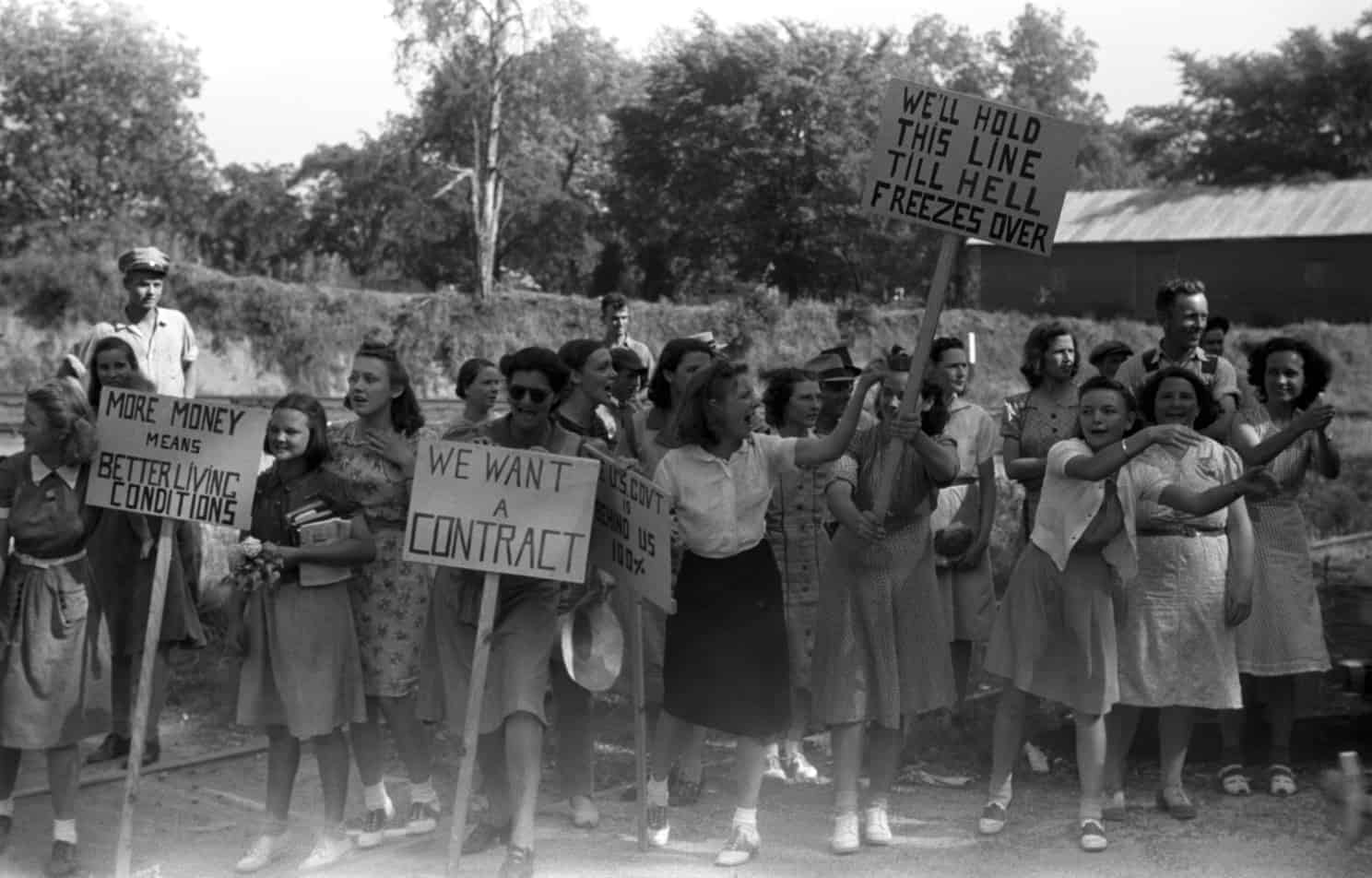Current insolvency assignments: Introduction
One of our current insolvency assignments teaches creditors a valuable lesson if they wish to take part in a debtor’s restructuring proposal. Every licensed insolvency trustee maintains a website listing their current insolvency assignments that are noteworthy or of public interest. Today I want to tell you about a recent case of ours. It is not of public interest, but it is noteworthy, especially for trustees and lawyers practicing in the insolvency area. Notwithstanding the large volume of receivership and bankruptcy case-law, the issue we came across was novel and never decided in Court before.
Current insolvency assignments: Mr. and Mrs. R
Mr. R was the sole shareholder of a company that serviced the construction industry. Both Mr. and Mrs. R were both Officers and Directors of the company. The company became insolvent, could not continue and ceased operating. Mr. and Mrs. R., in addition to their personal debts, which were significant, were now also faced with extensive claims against them in their capacity as Directors.
Current insolvency assignments: Consultation with Mr. and Mrs. R
Mr. and Mrs. R’s litigation lawyer referred them to us. We advised them that they should not declare bankruptcy, but rather attempt to avoid bankruptcy and restructure by filing a joint proposal under Part III Division I of the Bankruptcy and Insolvency Act (Canada) (BIA). Their had a complicated situation and they required an immediate stay of proceedings to deal with all the lawsuits against them.
Therefore, we first filed a joint Notice of Intention to Make a Proposal (NOI) on June 8, 2016. This first step provided Mr. and Mrs. R with a first 30-day grace period, where no creditor could begin or continue legal proceedings or enforcement against them while we were working with them to finish developing their restructuring proposal.
Current insolvency assignments: A certain creditor’s reaction
As Trustee, we served the NOI on all known creditors by ordinary mail, as we are required to under the BIA. We served one creditor, Royal Bank of Canada (RBC) at two addresses: i) legal counsel for RBC; and ii) BH, an agent for RBC that we regularly deal with. At the time of mailing out the NOI, we did not know if this agent would be on the file, but we provided them with notice out of to be extra cautious. We mailed the NOI on June 9, 2016.
The NOI sent to the creditors, including RBC, did not contain any proposal whatsoever, because it had not been written yet! This is standard for the filing of an NOI before the proposal.
In response to the NOI, by letter dated June 20, 2016, we received, from another agent for RBC that we had never dealt with before and who was not on our original mailing list, two proofs of claim, each in the amount of $438,434.31; one proof for each of Mr. and Mrs. R, individually.
This agent also sent a voting letter. It asked the Trustee to count RBC’s vote “with respect to the proposal” of Mr. and Mrs. R “against acceptance of the proposal made as of the 08th day of June, 2016.”
Current insolvency assignments: The Trustee’s reaction
On June 22, we wrote to the agent advising that the Trustee’s position was that because no proposal was yet in existence, the RBC “vote” was invalid and that RBC would have to offer a proper voting letter once it received the proposal. This was also sent to RBC’s counsel. The Trustee received no response to this communication.
Current insolvency assignments: The joint proposal of Mr. and Mrs. R
The debtors, Mr. and Mrs. R, filed a proposal July 7. We served the proposal on all creditors. The Trustee served RBC three ways to: i) RBC’s counsel; ii) RBC’s agent BH; and iii) the agent who wrote us the June 22 letter with enclosures. Our package included not only the proposal but notice of the first meeting of creditors and forms for proof of claim and a voting letter.
We received nothing further from RBC. The meeting proceeded on July 27. RBC did not attend. One creditor, with a claim of $278,561.29, attended and voted for the joint proposal. The joint proposal was deemed to have been accepted. Consistent with our position, as Trustee, we did not count the RBC June 22 “vote”.

Current insolvency assignments: Off to Court for approval
After the acceptance of a proposal by the requisite majority of the creditors, a licensed insolvency trustee must make application to Court, for approval of the proposal. The proposal is not binding until there is a valid and subsisting approval order of the Court.
Our motion for approval of the joint restructuring proposal of the debtors, Mr. and Mrs. R, was heard on August 9, 2016. RBC opposed. RBC opposed on the basis that its vote against the joint proposal was not counted. RBC’s vote, if counted, would have defeated the proposal and Mr. and Mrs. R would be bankrupt.
Our lawyer made various submissions, including, that the “vote” of RBC:
- was not valid;
- that RBC was advised of this and did nothing to file a valid vote; and
- RBC failed to attend the meeting of creditors.
As indicated above, only one creditor voted; it voted in favour of the joint proposal.
RBC claimed its vote was valid and ought to have been counted. The Court did not go so far as to say a creditor could never lodge a valid vote against a proposal before receiving it. In this case, the Court agreed with us and found the vote was not valid. The Court went on to say that the Trustee was correct in not counting it.
Current insolvency assignments: What the Court said
The threshold question was whether the Trustee was right to reject RBC’s purported “vote.” Section 53 of the BIA permits a creditor to assent or dissent “from a proposal” before a meeting. Section 54 says the creditors may accept or refuse “the proposal” at the meeting. However, the statutory scheme for creditor voting assumes there is a proposal.
The Court found that:
- the agent’s purported “vote” was on its face defective;
- there was no proposal of June 8;
- RBC or its agent had never seen the joint proposal when it voted;
- the Trustee was right to reject an obviously defective “vote”;
- the Trustee made its position abundantly clear to RBC’s agents; and
- RBC had every opportunity to cure the defect and it failed to do so.
Current insolvency assignments: What the Court ordered
The Court found that:
- the Trustee was correct in rejecting the June 22 “vote”; and
- RBC was not denied due process.
The Court granted our motion for approval of the joint proposal and awarded us our costs.
Current insolvency assignments: What does this mean?
What this means is very simple. Make sure that in anything you do, you understand what the rules are, don’t take your eye off the ball and never fall asleep at the switch. If this creditor’s agent and legal counsel had merely reacted to the mailing of the joint proposal and cast a proper vote, we never would have ended up in this situation.
There was nothing wrong with the proof of claim (although it was filed unnecessarily in duplicate). All RBC’s agent or lawyer had to do when it received the joint proposal mailing, was take 2 minutes to complete a new voting letter and send it in to the Trustee. If they had done this simple step, assuming they voted against the joint proposal, Mr. and Mrs. R would now be bankrupts. Instead, they are making their proposal payments to the Trustee to restructure themselves and avoided bankruptcy.
Mr. and Mrs. R have each secured full-time employment, and are making more money than in the last few years of running their company.
Current insolvency assignments: What to do because of too much debt
Being a Director of a corporation can be risky business. If the corporation is insolvent and continues to carry on business, and you continue to act as a Director, it can land you in a personal financial mess.
Are you experiencing financial distress because of acting as a Director or otherwise? Is your business struggling and you can’t seem to find a way out?
If you’re struggling with debt for any reason Ira Smith Trustee & Receiver Inc. can help. We’re experts in dealing with debt. Give us a call today and take the first step towards conquering debt Starting Over, Starting Now.


 Prepare yourself for divorce financially: Introduction
Prepare yourself for divorce financially: Introduction










